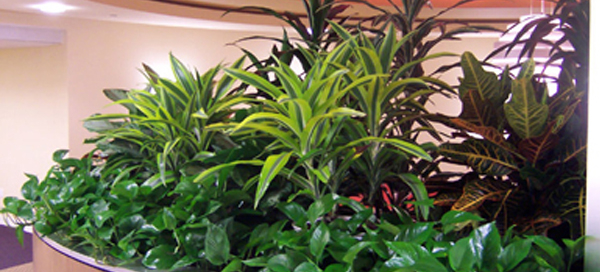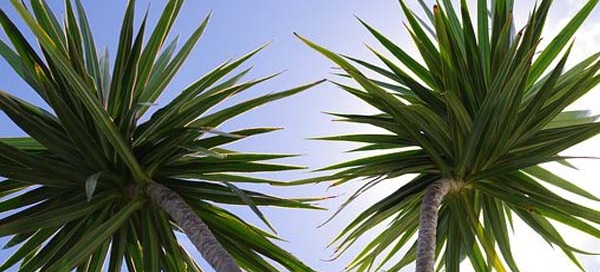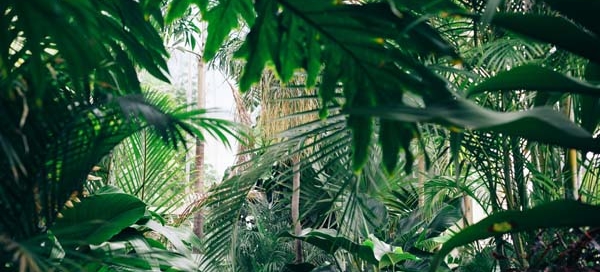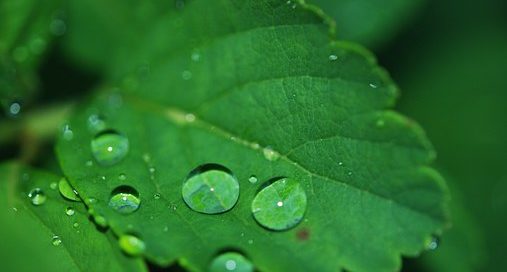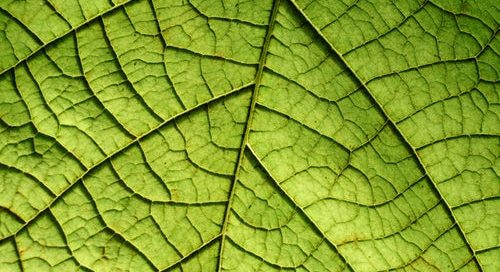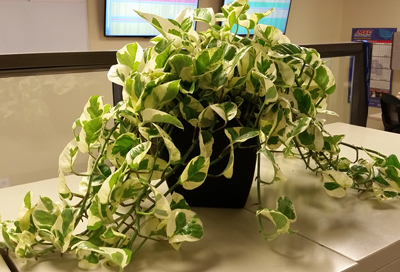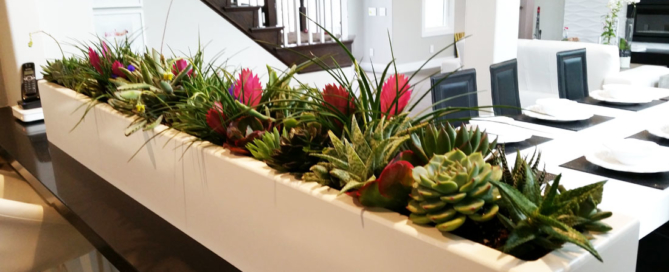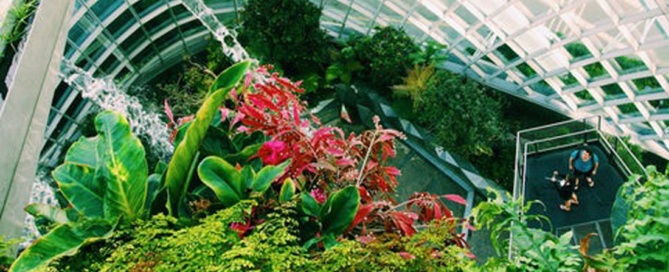When to Replace Interiorscape Plants
Do you know when to replace Chamaedorea metallica? The four per pot Dracaena fragrans ‘Massangeana’ in the entry is down to one cane -- one nice cane, but it does look a bit thin... The kentia in the corner window office only has three fronds left on it -- though these three are quite [...]

